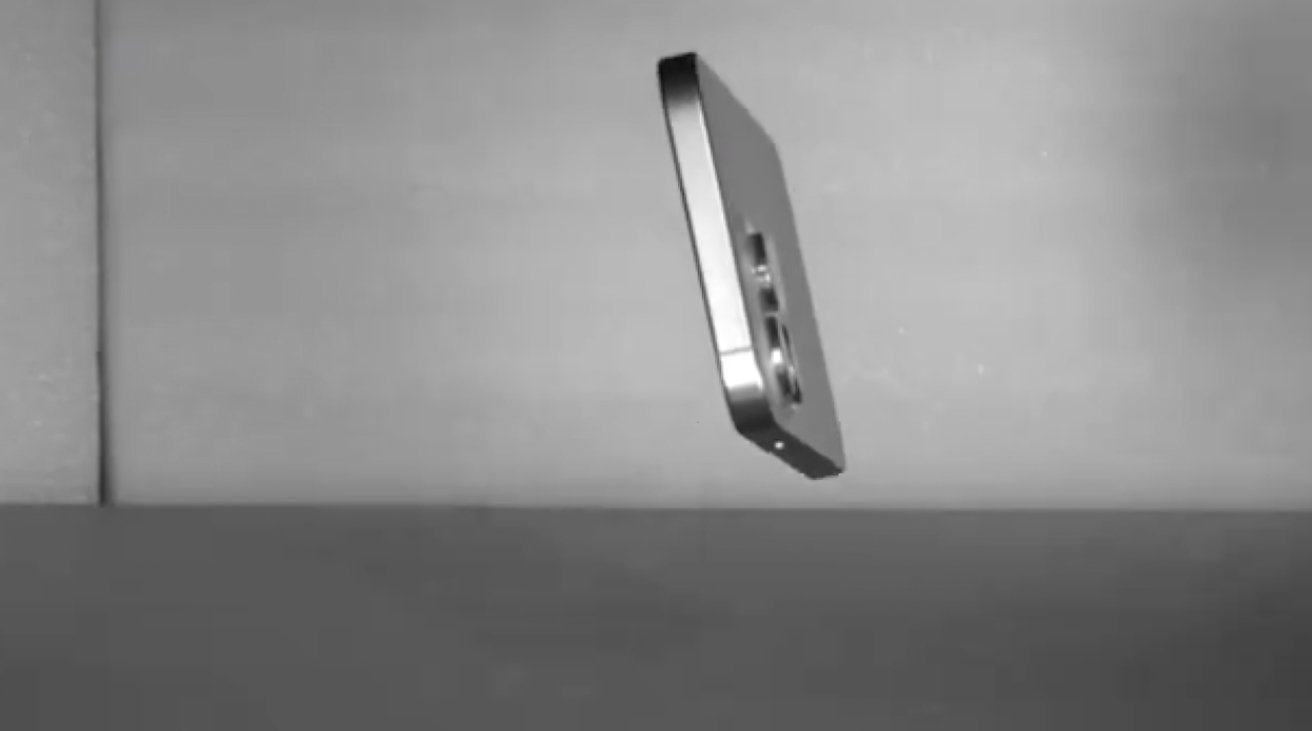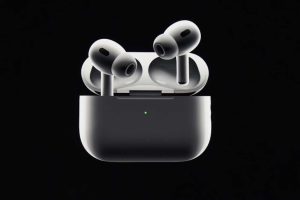
Apple will drop-test thousands of iPhones like this (Source: MKBHD)

Apple has revealed how iPhone and iPad drop tests should really be done — and are being done, thousands of times, in its durability testing labs.
YouTubers will buy one Apple device and smash it to pieces as pathetic clickbait. They always justify it, though, by saying these devices must be tested — and now Apple has politely suggested that they hold its beer.
Marques Brownlee, MKBHD — who doesn’t smash up the devices that his YouTube channel covers — has been shown around Apple’s testing labs for the iPhone. Every test any YouTuber ever makes on a device has been done by Apple first.
I recently got to visit some Apple labs where they durability test new iPhones before they come out, and learned a few things (THREAD)
#1: Have you actually seen how they water test phones for IP ratings? (video) pic.twitter.com/Qh3hfmlmdn
— Marques Brownlee (@MKBHD) May 29, 2024
In a thread on Twitter, MKBHD shows how in Apple’s labs “there’s an entire room of machines for water and ingress testing.” They range from a simulation of light rain to “high pressure spray from a literal firehose.”
Then there’s the drop test, so beloved of YouTubers. Except in Apple’s case, industrial robots perform hundreds of drops, and each drop is monitored in slow motion.
Add to this a shake test that can mimic an iPhone being in the pocket of someone on a motorbike, and overall Apple tests to a degree that inconceivable for any individual YouTuber. Then if any one did manage to match Apple’s own testing, they’d also have to buy over 10,000 devices.
That’s how many of a new iPhone model will go through preposterous levels of durability testing. At retail, that’s a minimum of just under half a million dollars of iPhone — if you chose the lowest-cost iPhone SE.
Apple’s head of hardware engineering, John Ternus, says that the company does pay attention to durability issues once a device is on sale, but that this all helps improve the in-house testing.
“We’ve found when we’ll pull units back from the field and we’ll find things and figure out how do we build a test that represents maybe this new use case that somebody’s doing in the field,” said Ternus, “and then that becomes a part of our test suite.”
Ternus also argued that durability is the best option for the customer and the planet, even if to achieve that, Apple has to make it harder to repair devices.
“It’s objectively better for the customer to have that reliability,” he said, “and it’s ultimately better for the planet because the failure rate since we got to that point have just dropped, it’s plummeted.”
“So you can actually do the math and figure out there’s a threshold at which if I can make it this durable,” continued Ternus, “then it’s better to have it a little bit harder to repair because it’s going to net out ahead.”




